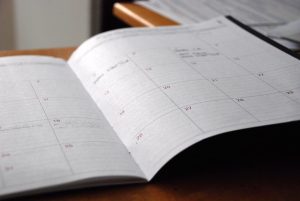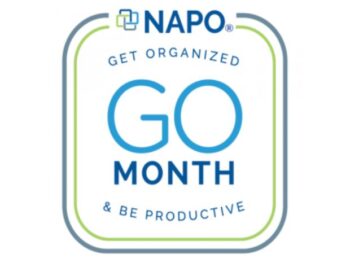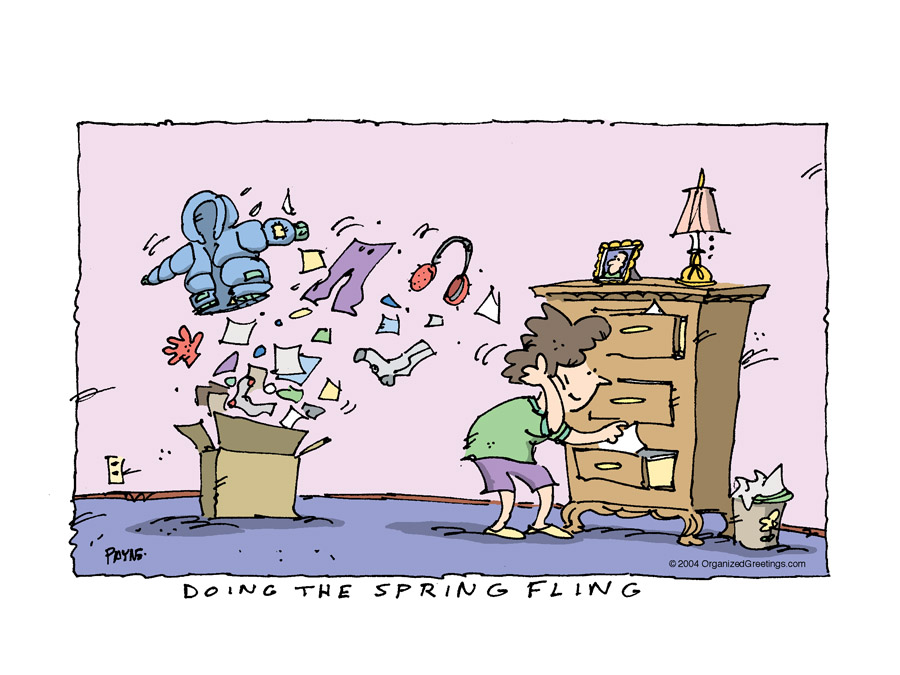
Here we are. It’s another year, another decade even. And for many, “get more organized” is on your list of resolutions for the year. For those who struggle with getting things done, this post is for you, as I discuss the 3 different types of To Do Lists you should maintain. 3, you ask?? Yes, don’t fret. Read on and see how these lists will help you get more done.
LIST NUMBER 1 – THE MASTER TO DO LIST:
This list is your massive brain dump of everything you want to do in all aspects of your life. On a personal level, it’s the books you want to read, the shows you want to binge watch, places to go with your family, doctors appointments to make in a year, and more. Professionally, it might contain marketing ideas, client follow ups, reports that need to be compiled and more. It contains all the house projects you want to work on, everything! It is a proven fact that if you add an item to a list, the likelihood of it getting done is substantially increased.
Where do you keep this list? There are a variety of options. Evernote and One Note, the task feature in Outlook, even a Word document or Excel spreadsheet all work. I highly recommend that you group this list based on the different categories in your life. For example: Personal, Family, House, Work, etc.
Create due dates, even if artificial. That way reminders can pop up to put the item back on your radar. You can always snooze it for another date if it is not the right time. That house project you thought you would start over the summer, put a June 1 date down, as an example.
LIST NUMBER 2 – THE WEEKLY TO DO LIST: 
This is truly where you can make a difference in your time management skills. If you only make daily to do lists, you are losing the big picture and tend to operate in a reactive mode versus looking at your whole week and having the ability to plan proactively. Take time each and every week – I prefer Sunday nights but pick a day and time that works well for you. Look at your calendar at the week ahead. When do you have appointments scheduled? Where are there gaps where you can block out time to start that big work project or run errands? And most importantly, where can you carve out personal and family time? Plan it ahead of time and block it off!
So by Monday afternoon, your plan may already run awry. That’s called life, and it’s going to happen. But it’s ok. Look at the rest of your week and see how you can alter it to accommodate. Meeting ran late and you didn’t make it to the gym? No problem! I’ll go on Thursday morning on the way to my client that’s starting a little later than usual. We tend to get anxious when we feel as though we have lost control. By recognizing that you can indeed control how the disruption will play out and proactively rearrange your calendar to accommodate it, you will feel much, much better!
Additionally, maybe this is the week to start a big project and/or move items from your Master List to your Weekly List. It’s not especially busy so I can carve out some time to take the first step or 2. On the other hand, if you have a week full of travel/meetings/school obligations and more, then snooze that project until next week when you have more time.
Where to keep this list? It can be in your phone or paper planner. For me, I have it as a Word document categorized by the phone calls I need to make that week, followed by the errands I need to be sure to run, what I need to work on for Put It There and separately Student Organizers of Atlanta. By grouping similar tasks together, you can really maximize your time versus random tasks being listed one after the other in no particular order.
LIST NUMBER 3 – THE DAILY TO DO LIST:
This is the list most people make. The problem lies in that it should contain no more than 5 of the MOST important tasks to do that day and not 23 items that many tend to put on the list. Set yourself up for success! How frustrating and defeating is it to write down 23 items, only get 4 done, so 19 move to the next day plus another 14 and it goes on and on. Be realistic!
Start with #1, get it done, and go from there. Plan your day to know when you will work on each task. “I’ll contact 3 contractors between meeting A and meeting B”; “I’ll run that errand on the way to/from work”, etc.
Where to keep this list? It can be on paper or electronic but both this list and your weekly list need to be easily accessible.
 In a nutshell, taking time to get ideas, reminders, and tasks out of your head and captured into your list making system is crucial if you want to truly get things done. Work your systems consistently. PLAN your days and weeks. You will reap the rewards of your efforts, I promise.
In a nutshell, taking time to get ideas, reminders, and tasks out of your head and captured into your list making system is crucial if you want to truly get things done. Work your systems consistently. PLAN your days and weeks. You will reap the rewards of your efforts, I promise.
Welcome to National Get Organized Month and a new year. I hope this is the year you get more of what matters done!













 Time Management – There aren’t enough hours in the day!
Time Management – There aren’t enough hours in the day!




